|
Additions and increasing living space Adding a new wing to a home will most likely increase your property taxes. But so will finishing space that you already have, such as an attic, garage or basement. “Anything that increases the square footage of the living space is likely to increase the value of the home, and therefore the assessed value,” said Tom Shaer, deputy assessor for communications with the Cook County Assessor’s Office. Your value would likely increase if, say, you finished the attic with walls and flooring, as well as heating, ventilation and air conditioning systems (HVAC), to create a couple of bedrooms and a bathroom, or if you finished the garage, creating a family room. It probably would also increase with a finished basement, though at a different rate than above grade areas of the home (unless a separate-entry apartment is created), Shaer said. Large renovations Adding a bathroom is a common improvement that will trigger reassessment of a home, mainly because an “additional bathroom allows more people to live in the house,” therefore increasing its value, said Pete Sepp, president of the National Taxpayers Union, a pro-taxpayer lobbying group. But other substantial home alterations may also trigger reassessment in some places. In Los Angeles County, for example, adding a bedroom or fireplace could also make for a bump in property taxes, said Michael Kapp, public information officer for the Los Angeles County assessor’s office. Kitchen renovations are more of a gray area, Kapp said. “If they’re replacing countertops and not extending them, it would probably not [trigger a reassessment],” Kapp said. “If they add additional cabinets or move a wall, for example, that would trigger reassessment,” even if the square footage remains the same. Of course, it probably goes without saying, but if you’re gutting and renovating a rundown abandoned home, you can pretty much bet that your place will be reassessed, said Kelly Balensiefer, the assessor in Benton County, Ind. On the other hand, if an improvement serves to merely update the home, the value won’t likely change — and the assessed value will stay put. “We try to err on the side of the taxpayer,” only reassessing in the case of substantial improvements, Balensiefer said. Not-so-obvious improvements In some cases, adding a garden shed will trigger a reassessment, Sepp said. An in-ground pool or, perhaps, a very large deck could also equal a bump in your property tax bill, since they may be seen as adding value to the property, Balensiefer said. In Chicago, a screened-in porch won’t add value to the home; make it a four-seasons room with HVAC, and the assessed value will go up, Shaer said. Perhaps even less obvious are improvements made to the property, which have little to do with the house at all. For example, re-grading the lot to improve its drainage, if it was susceptible to flooding or sewer backup, might increase the assessed value, Sepp said. From: marketwatch.com
0 Comments
1. Design for the camera, not for the end user When putting together a space, we always think of the camera first. Will this angle look right, will it show off the best feature of the house? Will the light hit these items correctly? 2. No more wrinkles In real life, wrinkly sheets don’t make a lick of difference. You will still sleep the same and wake up refreshed, whether you iron the sheets or not. The camera, however, hates wrinkles and makes them look 100 times worse than they really are. Our best advice on this one is to use a professional steamer. 3. Light it up. Light can be your best friend or your worst enemy. If you don’t know how to control it, you are destined to fail. 4. Fluff the carpet. Sorry, fellas, this is not a euphemism for dining out. So often we see houses photographed with harsh vacuum lines or matted carpet that looks old and tired 5. Look beyond the window. It’s true enough you are photographing the interiors of your space but the outside of your windows will be seen in the photos. 6. Limit the color scheme. There are neutrals and there are colors. The neutrals are black, white, grey, brown, beige, cream, silver, and sometimes gold. You can put as many different neutrals in a room as you want. 7. Rely on symmetry, repetition, rhythm.Symmetry, repetition, and rhythm can be found throughout nature and humans find them to be aesthetically pleasing. Symmetry can be found in most animals and insects. 8. Look at the problem from a different angle, then design for the best one. So often when I am first training a designer, they worry about every angle that a room will be seen from. I find them paralyzed by viable arguments, both good and bad, derived from seeing a space from two vantage points. 9. Hire a professional. It always makes me so sad when clients pay me lots of money to make their house beautiful then they run through with an iPhone and snap 16 horrible pictures of our beautiful space. 10. Put down the toilet seat. From: styledstagedsold.blogs.realtor.org
Before the first signs of winter arrive, take the time to insulate your home against the coming cold season. Winterizing now, before the arrival of frigid weather, means that when it’s truly frightful outside, you can curl up by the fire and sip cocoa without disruption.
Posted by Staff Reporter ([email protected]) It is not just a place to snooze; your bedroom is also your very own sanctuary where you can relax and calm your body from the stresses of the world. That being said, it is important to make your bedroom a place you are always happy to come home to.
Here are the must-haves for the master bedroom of your dreams according to Apartment Therapy: A spot to escape to Make your bedroom a place of retreat. Aside from a comfortable bed, bring in a loveseat and place it at the foot of the bed, a cozy and comfortable chair, or you can also create a small workspace for your favorite creative hobby to make the room feel like an escape. 1. Check out the chimney From Zillow
It is not just a place to snooze; your bedroom is also your very own sanctuary where you can relax and calm your body from the stresses of the world. That being said, it is important to make your bedroom a place you are always happy to come home to Here are the must-haves for the master bedroom of your dreams according to Apartment Therapy: A spot to escape to Make your bedroom a place of retreat. Aside from a comfortable bed, bring in a loveseat and place it at the foot of the bed, a cozy and comfortable chair, or you can also create a small workspace for your favorite creative hobby to make the room feel like an escape. Art that expresses who you are It's your room and it should scream you. It is the perfect place to put the spotlight on personal mementos that might not be fitting in other areas of the house, or a special piece of art that means a lot to you and your significant other. Quality linens Do you know that an average person spends a third of their life in bed? This makes it extremely important to invest on quality linens that will make your sleeping experience a lot more enjoyable and comforting. Just like quality towels and a pair of black red-soled stilettos, it's one of those things that are worth splurging on. An uncluttered atmosphere When having guests over, are you guilty of dumping clutter from the main spaces of the house to your bedroom where nobody will find out about them but you? Don't worry, we all are, and this a common culprit to a messy and cluttered bedroom. Don't make your bedroom a storage room; have spare drawers or baskets that will serve as catch-all for things that currently don't have a home. This stops you from being tempted to pile them all up in your bed or bedroom floor. A few little luxuries It's important to treat your bedroom with little luxuries every now and then. It can be a candle of your favorite scent, a warm and fluffy throw blanket, or a vase of fresh flowers - a bit of luxury will go a long way in your bedroom. From:Realtytoday.com by staff reporter
1. Check out the chimneyBefore hanging your stockings by the chimney with care, have it cleaned and inspected by a professional chimney sweep. Creosote and soot buildup, as well as other blockages, can lead to fires, so be sure the chimney cap is intact, and your chimney liner, firebox, smoke chamber, and damper are all in good working condition before you light the first log. 2. Warm your water heaterIf you’d like to save up to nine percent in water-heating costs, wrap your water heater with an appropriately sized insulation blanket. Most hot water tanks are installed in unheated areas of the home, such as the basement or garage. The less a tank’s heat escapes into its cold surroundings, the less energy it uses — and the more money you can keep in your pocket. 3. Seal cracks and crevicesBefore the chill sets in, make sure all the cracks and crevices in your foundation have been filled to prevent your house from leaking heat and sucking up extra energy. Expandable foams work well to seal gaps in areas that are hard to reach or oddly shaped, or both. 4. Stop ice dams in their tracksBefore the first snow, take one last trip up to your roof to install an ice shield (and maybe even your holiday lights, if you’re feeling ambitious). Ice shields, available at your local home improvement center, protect against ice dams — ridges of frozen water that form at the edge of a roof and prevent melting snow from draining — ultimately saving your roof from a whole host of seasonal problems. 5. Perform an energy auditSchedule an energy audit with your local service provider to receive an analysis of inefficiencies that you may have overlooked in your own visual inspection. Some companies offer this service for free, but even if yours doesn’t, it’s one walk-through that’s worth the investment. This professional assessment can lead to upgrades that can lower future energy bills by anywhere from five to 30 percent, according to the U.S. Department of Energy. 6. Protect plants and shrubsEnsure that your yard will still be intact after the season passes by securing your plantings properly. Insulate and shelter the foliage closest to your home from falling ice and snow by erecting a reusable A-frame structure made from 2x4s and exterior plywood. Tall and narrow greenery anywhere on your property could benefit from a simple twine wrap around the middle to keep individual branches from breaking under the weight of heavy snow accumulation. But snow isn’t the only winter force to reckon with: Don’t forget to protect small shrubs from strong gusts of wind by wrapping them with burlap and stapling the material to stakes. 7. Trick out your thermostatAre you ready to bring your home into the 21st century? Try a smart thermostat. More than just smart technology, it’s an intelligent investment. Many of the options on today’s market can detect when family members return home, and modify the temperature accordingly — increasing the warmth and comfort when you’re around, and lowering the temperature when you leave. The intuitive settings alone trim energy costs, and the availability of user-friendly, control-from-anywhere features can simplify home life. 8. Install weatherstrippingEliminate potential drafts before they become a problem, and keep your indoor space extra cozy by sealing gaps around door and window frames with weatherstripping. Install door sweeps, which can prevent chills (and pests) from entering through the slim space underneath the door. 9. Prevent frozen pipesFrozen pipes — and the waterworks, mess, and property damage that follow — top the list of the most formidable problems associated with subzero temperatures. Avert this winter nightmare by employing foam-rubber insulation to prevent the exposed metal from getting too cold. 10. Start your ceiling fansCeiling fans aren’t just for use in the summertime — they’re also effective in winter. In the warmer months, your fans should be set to rotate counterclockwise for a cooling downdraft. Winter requires a switch-up: Reverse the rotation so your blades spin clockwise to distribute warm air back down. And while you’re up there flipping the switch, it’s not a bad idea to dust a little, too. 11. Trim back treesLarge branches that loom over rooftops and power lines could cause problems if they collect enough snow and ice during the winter storm season. Overburdened, they may snap under the heavy weight, fall, and seriously damage whatever lies beneath. Save yourself some hassle and trim your branches back at the end of autumn to avoid these threats. 12. Replace furnace filtersThe proper functioning of your heating system and furnace becomes paramount during cold winter months, when it’s vital that you stay warm and comfortable in your home. The starting point for regular maintenance is easy: Change your furnace filters often. Dirty filters restrict airflow and increase energy demand. Change fiberglass or paper furnace filters every one to two months; an electrostatic or HEPA filter can be cleaned or changed closer to every two to four months. If you stock up on filters ahead of time, you’ll always have a supply on hand to keep your energy system in tip-top condition. From: Zillow.com by Bob Villa1. Know that some flaws can be fixed From Realtor.com By Rosie Amodio1. Space Farms Museum and Zoo, Sussex This eclectic museum and zoo is truly unique. You can find something here to suit almost any interest. Visitors can enjoy classic cars, a miniature circus, vintage dolls, unique clocks, Native American artifacts, and the second largest privately owned collection of antique firearms in the United States. The zoo includes the largest private collection of North American wildlife in the world - over 500 animals. The zoo also participates in many programs which help to benefit endangered species. 2. Roebling Museum, Roebling This unique museum is highly specialized, and a favorite amongst engineers. According to its website, "The mission of the Roebling Museum is to document, preserve and exhibit the history of the John A. Roebling’s Sons Company, the Roebling family and the village of Roebling. Its focus is not only on the industrial and technological achievements of the company but on the unique social history of its workforce and the town it created." 3. Adventure Aquarium, Camden This is already a pretty popular attraction, but some still stay away because of its location. I know Camden isn't the safest city, but the aquarium isn't dangerous...just dangerously awesome. Two words: shark tunnel. If you have some extra cash, you can even get up close with the animals! 4. Newark Museum, Newark Another incredible attraction in a less desirable city, Newark DOES have nice areas. This museum is right near all the universities and offers an extensive art collection, the historic Victorian Ballantine house, and a planetarium. It is the largest museum in New Jersey. From: onlyinyourstate.com by Kristen Koennemann
If you like old homes, you may have aspirations of living in a century-old farmhouse or perhaps a row house constructed in the 1800s. It's not for everyone, but for some people there's something charming and almost whimsical about living in a house that's been around longer than your grandparents. It's the history, it's the look and it's certainly the construction. They just don't build them like they used to. From: money.usnews.com By Geoff Williams
People across the country are beginning to think about what their life will look like next year. It happens every Fall. We ponder whether we should relocate to a different part of the country to find better year-round weather or perhaps move across the state for better job opportunities. Homeowners in this situation must consider whether they should sell their house now or wait. If you are one of these potential sellers, here are five important reasons to do it now versus the dead of winter. 1. Demand is StrongFoot traffic refers to the number of people out actually physically looking at home right now. The latest foot traffic numbers show that buyers are still out in force looking for their dream home. These buyers are ready, willing and able to buy…and are in the market right now! As we get later into the year, many people have other things (weather, holidays, etc.) that distract them from searching for a home. Take advantage of the buyer activity currently in the market. 2. There Is Less Competition NowHousing supply is still well under the 6 months’ supply necessary for a normal market. This means that, in many markets, there are not enough homes for sale to satisfy the number of buyers in that market. This is good news for home prices. However, additional inventory is about to come to market. There is a pent-up desire for many homeowners to move as they were unable to sell over the last few years because of a negative equity situation. Homeowners are now seeing a return to positive equity as real estate values have increased over the last two years. Many of these homes will be coming to the market in the near future. Also, new construction of single-family homes is again beginning to increase. A study by Harris Poll revealed that 41% of buyers would prefer to buy a new home while only 21% prefer an existing home (38% had no preference). The choices buyers have will continue to increase over the next few months. Don’t wait until all this other inventory of homes comes to market before you sell. 3. The Process Will Be QuickerOne of the biggest challenges of the housing market in recent times has been the length of time it takes from contract to closing. Banks are requiring more and more paperwork before approving a mortgage. Any delay in the process is always prolonged during the winter holiday season. Getting your house sold and closed before those delays begin will lend itself to a smoother transaction. 4. There Will Never Be a Better Time to Move-UpIf you are moving up to a larger, more expensive home, consider doing it now. Prices are projected to appreciate by over 18.1% from now to 2019. If you are moving to a higher priced home, it will wind-up costing you more in raw dollars (both in down payment and mortgage payment) if you wait. You can also lock-in your 30-year housing expense with an interest rate below 4% right now. Rates are projected to rise by this time next year. 5. It’s Time to Move On with Your LifeLook at the reason you decided to sell in the first place and determine whether it is worth waiting. Is money more important than being with family? Is money more important than your health? Is money more important than having the freedom to go on with your life the way you think you should? Only you know the answers to the questions above. You have the power to take back control of the situation by putting your home on the market. Perhaps, the time has come for you and your family to move on and start living the life you desire. From Keepingcurrentmatters.com by KCM Crew
Don't forget your phone These days, those sales signs planted in front yards are your gateway to loads of information. If you see a home you like, text the number on the sign and you'll receive an instant brochure sent to your phone providing details aplenty, said Felicia Dragone, a Mullica Hill-based Realtor with Berkshire Hathaway. Her company also offers a branded app that allows you to identify properties Berkshire has listed for sale in your area. If you're driving through a community you like, consult the app and information on nearby homes is in the palm of your hand. These fancy house hunting features are key to the modern home-buying market and younger tech-savvy buyers and sellers have come to expect them. "You have to stay one step ahead," Dragone said. "This is what they expect. They want everything at their fingertips." Sellers should keep in mind that the home must be priced wisely, given that buyers have easy access to information on what sellers paid when they bought the house, Dragone added. Your home needs a webpage Many homes are marketed via individual web pages, where a particular property doesn't have to compete with a screen full of other offerings. It's one home, front and center. Take 36windingway.go2frr.com for example. That page features all of the vital stats on the property, along with plenty of photos. MORE: Where are highest tax bills in Gloucester County? Great photos are key to showcasing a property, Dragone said. "Don't go cheap on photography," she advised. "That's the single most important part of marketing your property ... make that investment." For a Realtor, selling a home isn't a "set-it-and-forget-it" process. The extra effort to market really matters. "You always have to keep your product fresh," said Realtor Judith Fini, with Century 21 in Sewell. "The seller appreciates the effort." That drone is shooting to sell Sure, we know drones as weapons of war and Amazon tells us it will one day use them to drop packages on our doorsteps, but real estate agents are utilizing them now to grab sky-high images of homes. To give buyers the full experience, some agents contract with professional drone operators to grab video all around the property. During the open house, Dragone displayed drone video of 36 Winding Way on a flatscreen TV in the home's basement entertainment area. Marketing tech worth the cost All of these bells and whistles are part of marketing a home. Sellers need to think about how the house looks when it's opened to potential buyers and they need someone to market it properly, Dragone said. Web pages, drones, professional photos, open houses and advertising doesn't come cheap. Real estate agencies provide agents with some of the resources. "Any agency gives you a select marketing piece, but it's not enough," explained Realtor Joanna Papadaniil, Dragone's partner at Berkshire Hathaway in Mullica Hill. To give clients what they really need, Papadaniil said, requires a financial outlay by the agent. She spends a significant sum to market homes "the way I choose to market them," Papadaniil said. "The seller will see that we are doing everything humanly possible to put the property out there. Whatever we can do, we don't look at the cost. We just do it." From: myinforms.com
Congratulations, you’ve found your dream home! Or have you? You set up appointments to visit your potential new home more times than you can count (you’re secretly wondering if your agent is going to change her number). You did so many drive-bys, your would-be neighbors are getting nervous. You took endless video of every room inside, and you measured all the spaces so you can start doing some late-night obsessive-compulsive furniture shopping. You’ve done all your due diligence, right? We hate to break it to you, but maybe not. There are a few more things to look out for—a few nagging annoyances that you might not notice right away but, unchecked, could eat at your soul day and night. Certainly, not all of the issues are deal breakers. But given the choice between dealing with them now or eventually becoming a bit too familiar with that bar on your (soon-to-be) new corner as you mull over what might have been, you might want to choose the former. Deal with the extra-fine details now! Here’s how to make extra sure your new home won’t drive you crazy. Drive by at nightStop us if you’ve heard this one before (spoiler alert: You have!). Because it’s really, reallygood advice. A lot of basic but important questions (Is there a streetlight shining directly in my window? Do the neighbors throw late-night 80s hair metal parties?) can be answered with a quick after-hours drive-by (or two). Yeah, we know you’re already doing them during the day. Do them at night too—on the weekend as well as a weeknight. “Find out what kind of noise levels there are before making your final decision,” saysAmy Cook, a San Diego Realtor®. Do not skip this step: Discovering these problems after closing could give you an endless headaches.Like, real ones—migraines that won’t go away. Take a walk and ask lots of questionsTo be truly thorough, you need to get out of the car and hit the pavement. Repeatedly. “If you really want to learn about the neighborhood and find out all the gossip, good and bad, walk around the neighborhood meeting people and asking them questions,” says Fort Collins, CO, Realtor® Angie Spangler. Of course, this strategy works best if your neighborhood is sociable; in a suburban neighborhood without sidewalks or much daytime activity, you might not learn much (and you might freak people out a bit). Some moderation is key. And if things are too quiet, maybe this hood isn’t for you. Or maybe it’s perfect. Some shoe leather reporting will give you a better indication of how you’ll fit in. Understand the zoningIf there’s one thing that can prevent surprise heartaches, it’s understanding the neighborhood’s zoning laws. Consult with the city’s departmentsSpeaking with your city’s planning, water management, and police departments can uncover vital information about your potential home—such as its flood hazard, which you may not notice in the dry season but can put your home at risk when it rains. How close are you to emergency services and what’s the average response time? Is there a big commercial project underway nearby that could increase traffic? Do the crime statistics concern you? Scope out social media resourcesApps such as Nextdoor help you keep an eye on the neighborhood and can be a valuable resource before moving in. Scour other apps and online resources, join local Facebook groups, and sign up for neighborhood email lists to find out the most common complaints and concerns of your new neighbors. Pay attention to nearby homesIf you don’t have a trained real estate eye, it might be easy to overlook your neighbor’s unmowed lawn—but ignoring it might mean missing a vital clue to the area’s health and upkeep. “As a real estate agent, it’s easy for me to identify the properties that are rentals or show lack of upkeep,” Spangler says. From: Realtor.com by Jaimie Wiebe
#1 HEATING From: styledstagedsold.blogs.realtor.org
Every homeowner wants to make sure they maximize the financial reward when selling their home. But, how do you guarantee that you receive maximum value for your house? Here are two keys to insuring you get the highest price possible. 1. Price it a LITTLE LOW This may seem counterintuitive. However, let’s look at this concept for a moment. Many homeowners think that pricing their home a little OVER market value will leave them room for negotiation. In actuality, this just dramatically lessens the demand for your house. (see chart) 2. Use a Real Estate Professional This too may seem counterintuitive. The seller may think they would net more money if they didn’t have to pay a real estate commission. Yet, studies have shown that typically homes sell for more money when handled by a real estate professional. Recent research posted by the Economists’ Outlook Blog revealed: “The median selling price for all FSBO homes was $210,000 last year. When the buyer knew the seller in FSBO sales, the number sinks to the median selling price of $151,900. However, homes that were sold with the assistance of an agent had a median selling price of $249,000 – nearly $40,000 more for the typical home sale.” From: Keepingcurrentmatters.com by KCM crew
|
Tress RealtyTress Realty Group compiles some of the best real estate news, tips, and information for buyers, sellers and investors. Archives
April 2020
Categories
All
|
Home
Use of the information and data contained within this site or these pages is at your sole risk. If you rely on the information on this site you are responsible for ensuring by independent verification its accuracy, currency or completeness. It is provided “as is” without express or implied warranty.
Some properties which appear on this web-site may no longer be available because they are under contract, have been sold or are no longer being offered for sale. Images uses for navigation may be for properties in different towns, and are not intended to be considered anything other than representative of the types of houses that may be found in a particular municipality. All data and/or search facilities on this site are for consumer's personal, non-commercial use and may not be used for any purpose other than to identify prospective properties that consumers may be interested in purchasing.
Tress Realty Group cannot guarantee the accuracy of the IDX/MLS data created by outside parties. Tress Realty Group further assumes no responsibility for any misleading content or incorrectly listed information due to such negligence. All ancillary information presented on this web-site is not guaranteed and should be independently verified by the users of this site. Tress Realty Group makes no warranty, either expressed or implied, as to the accuracy of the data contained within or obtained from this web-site.
Tress Realty Group accepts no liability for any interference with or damage to a user’s computer, software or data occurring in connection with or relating to this Site or its use or any website linked to this site. Further, Tress Realty Group has provided Hypertext links to a number of sites as a service only. This should NOT be taken as implying any link between us and those various organizations or individuals.
Disclaimer: this website may be supported by ads and participation in affiliate programs. We may earn a commission when you click our links. The information included in this post is for informational purposes only and should not be taken as legal or financial advice.
Site copyrighted by Tress Realty Group LLC © 2016-2022, all rights reserved.
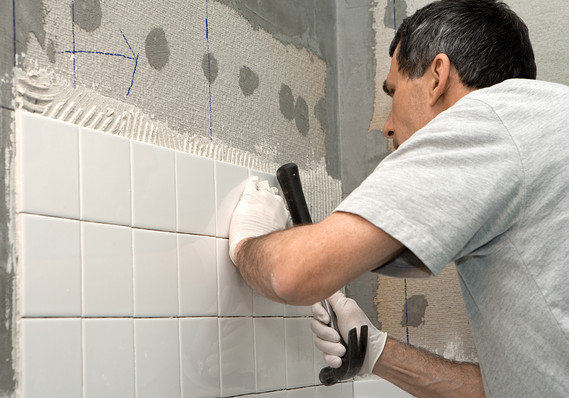
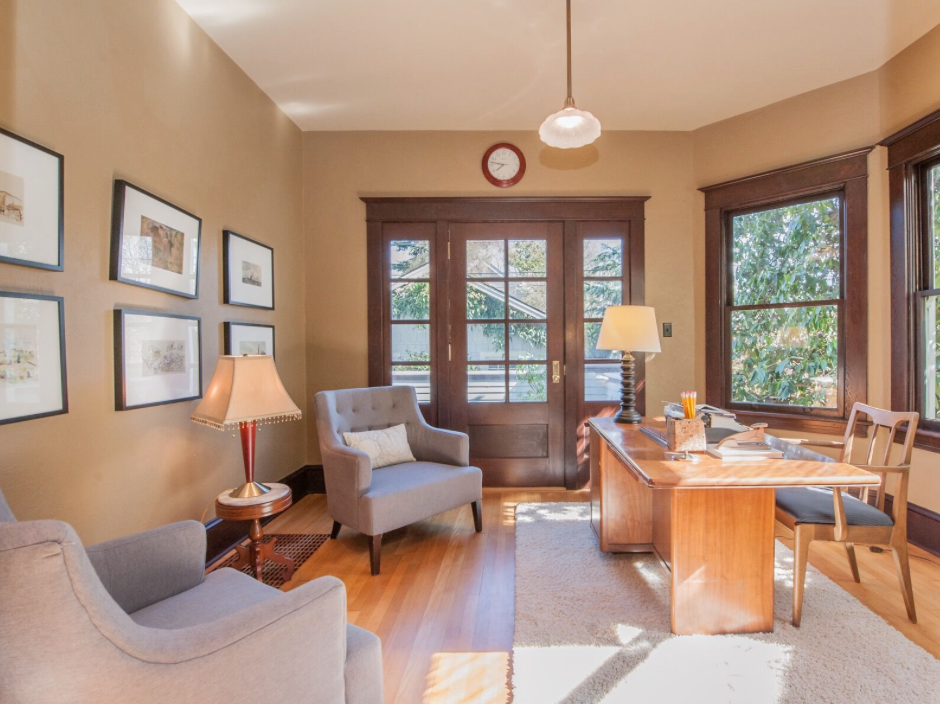


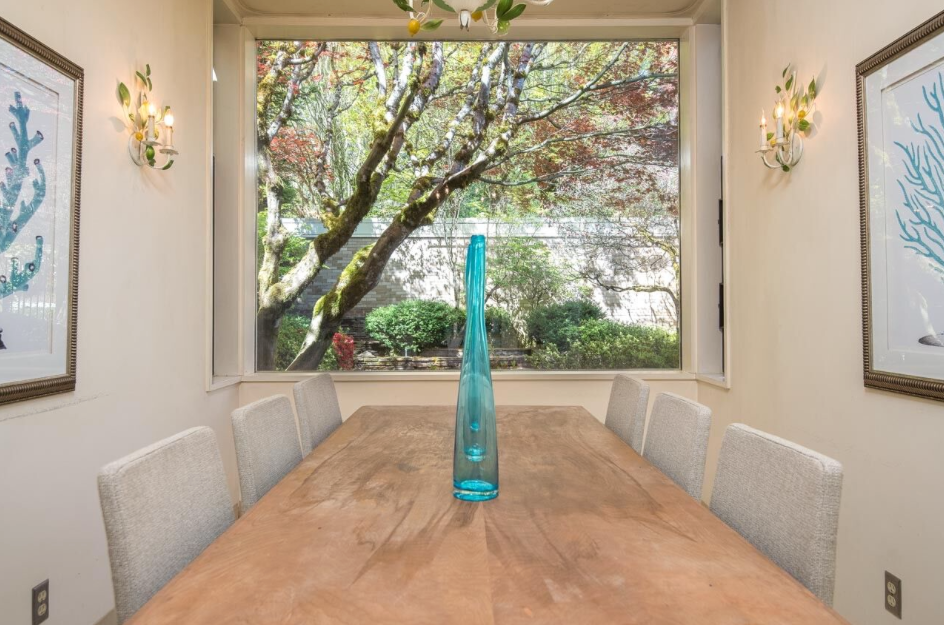

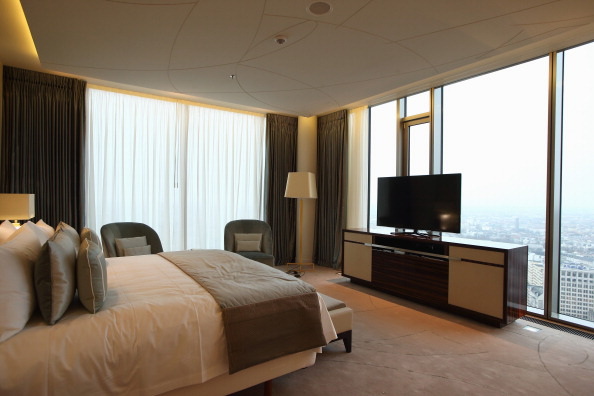







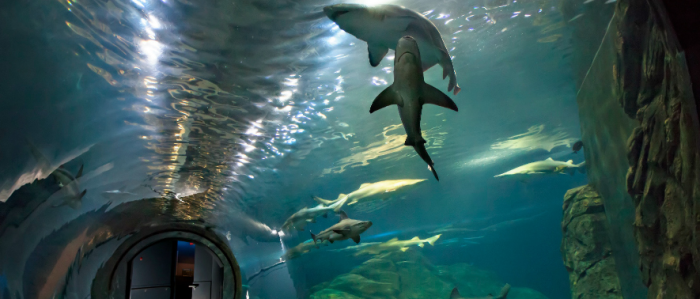
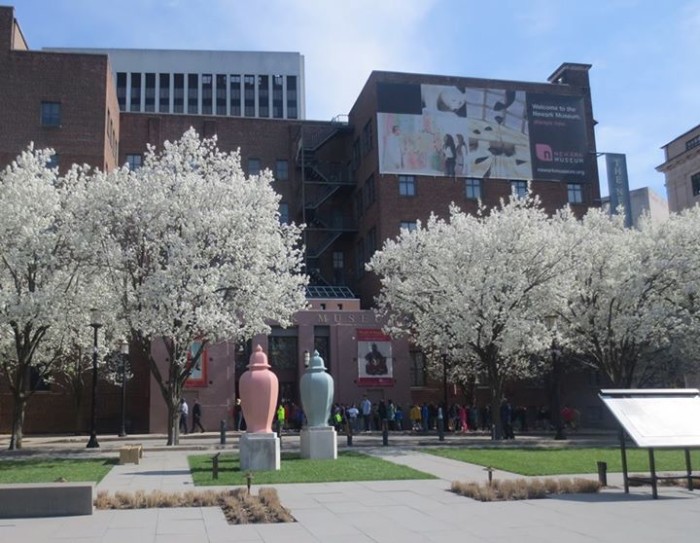
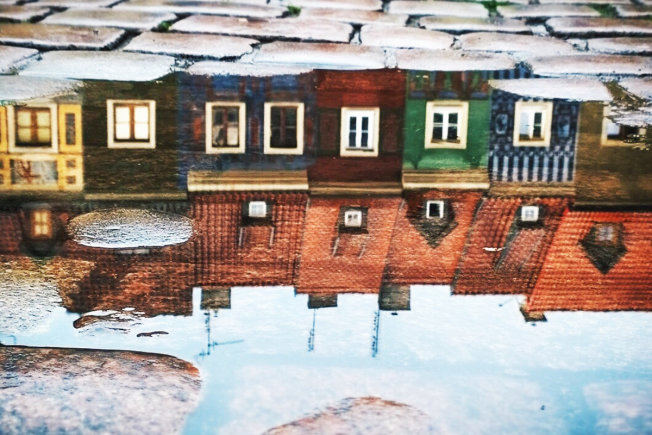

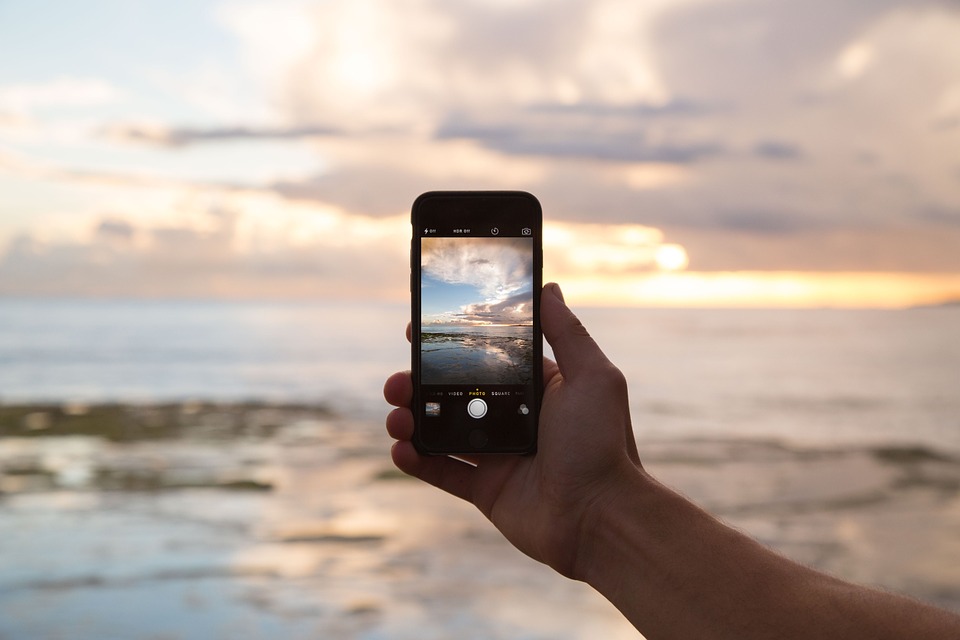





 RSS Feed
RSS Feed